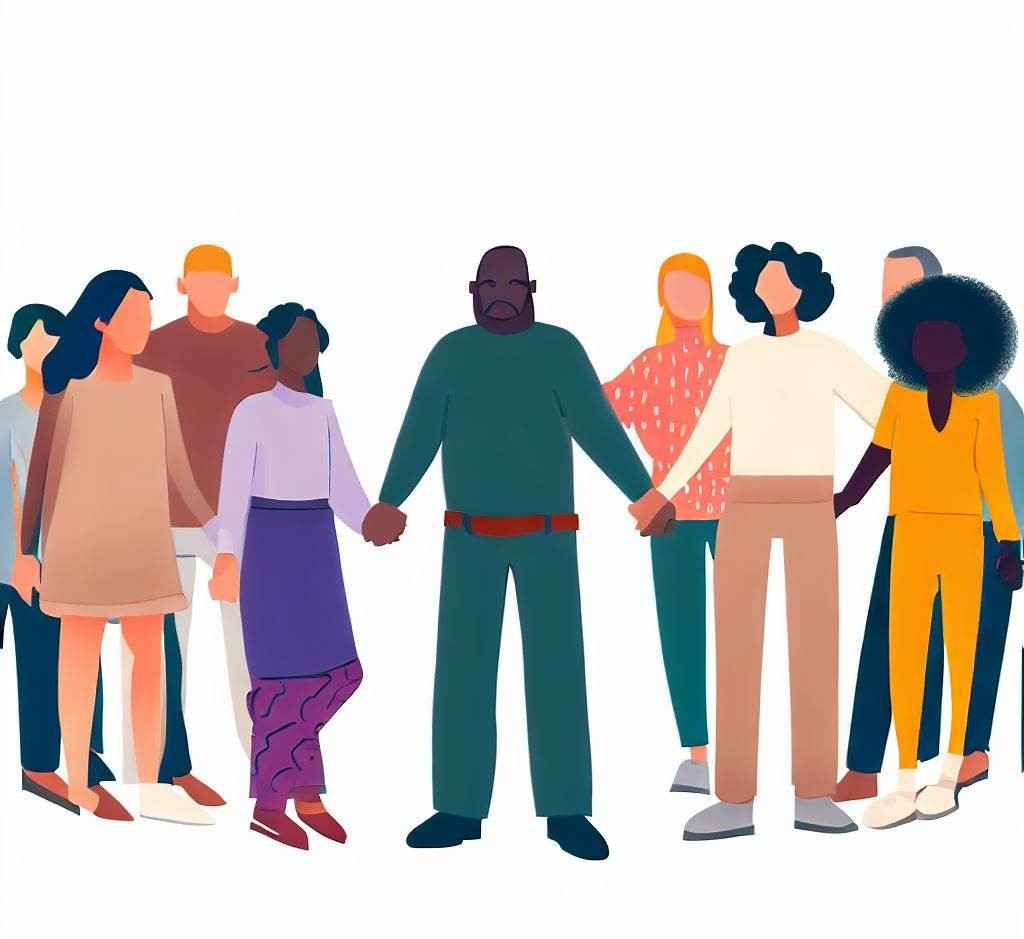Secrets of Free Internet Access In today’s digital world, connection has become a crucial element of our life. It empowers people, offers access to knowledge, and supports socio-economic progress. However, not everyone has equal access to the internet, resulting in a considerable digital divide. This article looks into the notion of free internet access and analyzes numerous projects, solutions, and issues related to connecting everyone to the online world.
#The Importance of Connectivity
Connectivity has a crucial role in bridging gaps and providing possibilities. It gives access to educational resources, career prospects, healthcare services, and important information. By linking people, communities, and countries, it stimulates cooperation, creativity, and economic progress. Lack of connection may inhibit growth and perpetuate inequality, making it vital to guarantee that everyone has access to the Internet.
#The Digital Divide
The digital divide refers to the disparity between people who have access to the internet and those who do not. It incorporates several elements, such as geographical location, economic level, infrastructural availability, and digital literacy. The digital gap worsens socio-economic inequities, restricting chances for vulnerable people and hampering their social and economic progress.
#The Concept of Free Internet Access
Free internet access attempts to reduce obstacles and give internet connection to underprivileged populations. It comprises programs that give free or inexpensive internet services to persons who would otherwise be unable to afford it. By making the Internet available to everybody, regardless of their financial resources, free Internet access strives to bridge the digital gap and empower underprivileged communities.
#Government Initiatives for Free Internet Access
Governments throughout the globe acknowledge the necessity of connectivity and have made different steps to provide free internet access. These projects vary from giving discounted internet services to installing public Wi-Fi networks in public locations, educational institutions, and rural communities. By investing in infrastructure and policy, governments strive to empower individuals and create digital inclusion.
#Non-Profit Organizations Promoting Connectivity for All
Numerous non-profit organizations are devoted to increasing connectedness for everyone. They cooperate with governments, business enterprises, and local communities to bridge the digital gap. These groups concentrate on providing free internet connection in distant locations, developing digital literacy initiatives, and spreading awareness about the advantages of connectivity. Through their work, they enable people and communities to harness the potential of the Internet.
#Community-Based Solutions for Free Internet Access
Communities have taken the initiative to solve the shortage of internet connectivity by establishing their own solutions. Community-based networks, frequently managed by local volunteers, develop decentralized internet infrastructures utilizing mesh networks or other technologies. These networks let residents connect with one another and share internet access, circumventing the requirement for regular internet service providers.
#Technology Solutions for Free Internet Access
Technological breakthroughs have opened the door for novel methods to give free internet access. Projects such as Google’s Project Loon, which employs high-altitude balloons to beam internet connection to rural locations, and Facebook’s Aquila drones, meant to offer internet access to underserved regions, illustrate the promise of technology in connecting the disconnected.
Additionally, programs employing low-Earth orbit satellites, such as SpaceX’s Starlink, seek to deliver inexpensive and accessible internet connectivity worldwide.
#Challenges and Limitations
While the notion of free internet access is exciting, there are obstacles and constraints to consider. Infrastructure limits, particularly in distant places, offer obstacles to providing dependable communication. Limited financing and resources might restrict the scalability of projects.
Furthermore, maintenance and longevity of free internet access initiatives need continual assistance. Additionally, the question of net neutrality emerges, since certain free internet access programs may limit access to select websites or services.
#Promoting Digital Literacy
Ensuring free internet access is not enough; fostering digital literacy is equally crucial. Many people, especially those from poor backgrounds, may lack the requisite abilities to properly use the internet.
By investing in digital literacy programs, training sessions, and instructional materials, communities can enable people to navigate the online world securely, effectively, and ethically. Digital literacy educates individuals with the information and skills required to utilize the internet’s promise for personal and professional advancement.
#Privacy and Security Concerns
As more individuals acquire access to the internet, privacy, and security become critical factors. It is crucial to educate folks about internet privacy practices, safe surfing habits, and securing personal information. Implementing comprehensive security measures, such as encryption and authentication methods, is vital to secure users’ data. Balancing unrestricted internet access with privacy and security is a vital part of developing a trustworthy and inclusive online ecosystem.
#Case Studies: Successful Implementations
Several successful implementations of free internet access efforts give inspiration and act as templates for future attempts. For instance, the “Digital Village” initiative in India links isolated villages using solar-powered Wi-Fi towers, empowering local populations with internet access and e-services.
In Kenya, the “BRCK” initiative developed a durable and cheap Wi-Fi network, boosting connection in underserved regions. These case studies show the revolutionary influence of free Internet access on education, healthcare, business, and social inclusion.
#Future Prospects and Innovations
Looking forward, the future of free internet access presents intriguing opportunities. Advancements in technology, including 5G networks, satellite constellations, and unique connection solutions, promise quicker and more ubiquitous internet access.
Collaborative efforts between governments, corporate sector firms, and non-profit groups will likely fuel the spread of free Internet programs. Emerging technologies, such as mesh networks and Internet of Things (IoT) connections, also provide creative opportunities for expanding connectivity to neglected populations.
Conclusion
Connectivity for everybody is not only a luxury; it is a basic right in today’s linked society. Free internet access efforts are crucial in bridging the digital gap and empowering neglected populations. Governments, non-profit groups, and communities must work together to provide fair access to the Internet and encourage digital literacy.
By utilizing technology, tackling difficulties, and cultivating diversity, we can unleash the transformational potential of free internet access and establish a more equal and connected global community.
Free Internet FAQs:
1. What is free internet access?
Free Internet access refers to projects and organizations that attempt to offer Internet connection to people and communities without cost or at an accessible price, providing equitable access for everyone.
2. How does free internet access assist communities?
Free internet connection promotes communities by empowering people with access to educational resources, career opportunities, healthcare services, and information. It stimulates economic growth, promotes innovation, and bridges the digital gap, allowing social and economic progress.
3. Are there any limits to free internet access?
Yes, there are restrictions to free internet access. Infrastructure limits, limited finance, and sustainability difficulties might offer obstacles. Additionally, several free internet access programs may limit access to select websites or services, creating worries about net neutrality.
4. What can people do to enhance connectedness for all?
Individuals may help to increase connectivity for everyone by supporting organizations and projects focused on providing free internet access. They may also fight for government policies that emphasize bridging the digital gap, volunteer in digital literacy initiatives, and create awareness about the necessity of internet access for socio-economic development.
5. What are some new innovations in the sphere of free internet access?
Several developing technologies show potential for extending free internet access. These include 5G networks, satellite constellations, mesh networks, and IoT connectivity. Ongoing advances in these regions attempt to boost internet connection, making it more accessible and inexpensive for underserved communities.


